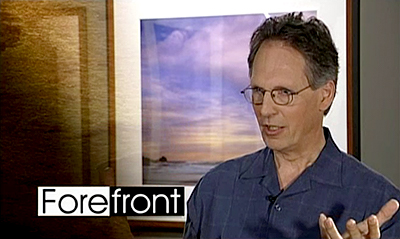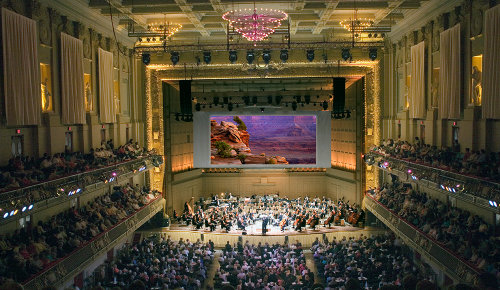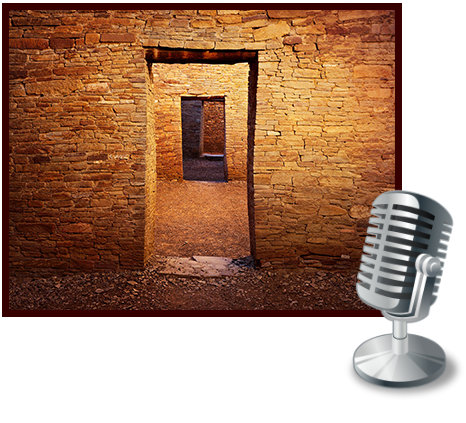A Trip to Southeastern Utah
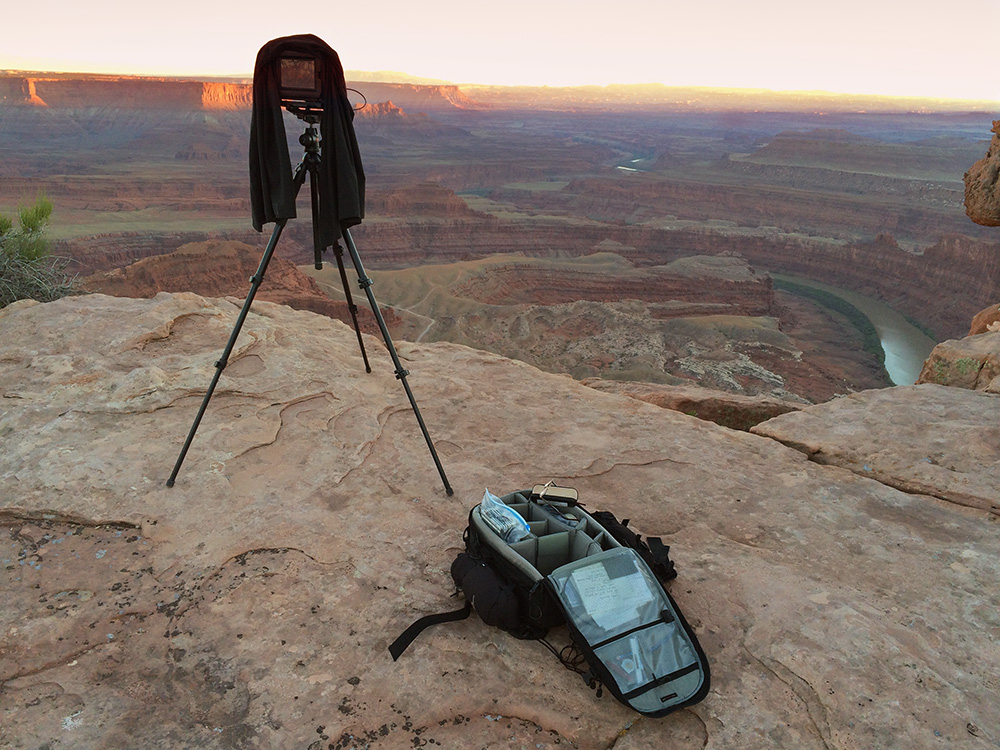
I returned recently to Southeastern Utah, one of my favorite places on the planet. Over a week, I traversed the stretch between the town of Boulder on the west and the Colorado border on the east. It is an area of wide open roads and just a few small towns, widely scattered and relatively isolated.
I spent the last night in Mexican Hat where people routinely drive one hundred miles to Cortez, Colorado to get to a supermarket and other services that most of us think of as daily essentials.
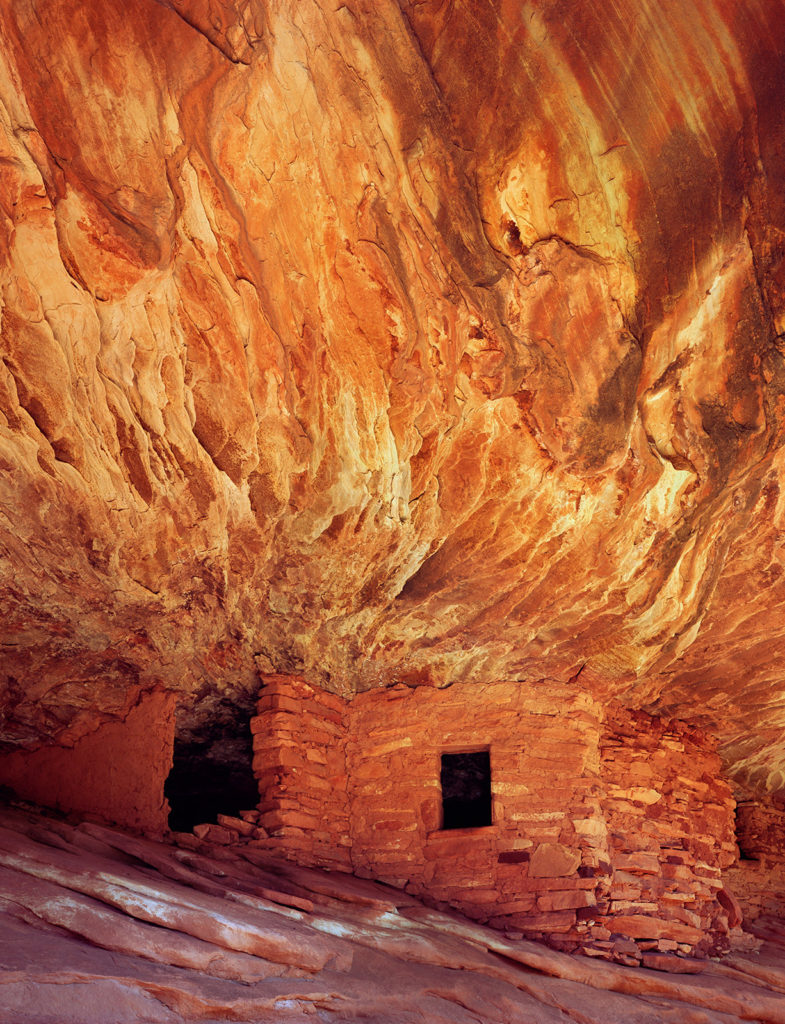
The drainages of the high mesas in this region are peppered with Anasazi (more properly, “Puebloan”) ruins—cliff dwellings, kivas, granaries, and meeting places. Hundreds of them. Many are visited by hikers following unmarked trails and stream beds, but the vast majority remain unrecorded and unstudied.
On clear days, the landscape is distinguished by hundred mile vistas. The weather doesn’t sneak up on you. You see it coming. In all directions, red rock cliffs and buttes rise sharply from the valley floors. Vast mesa tops run for miles covered in pinyon-juniper woodlands that have seen some cattle but not many humans since the Anasazi abandoned the area eight hundred years ago.
In the middle of the trip I searched for a wind swept juniper snag that I had originally photographed eighteen years earlier. It is the twisted skeleton of a tree that looks to have surrendered its foliage to the harsh climate decades before I first saw it.
Remarkably, I found it just as I had left it in 1996, every branch intact and still, I would have to say, the most perfectly sculptural tree I have ever come across in my search for form in nature.
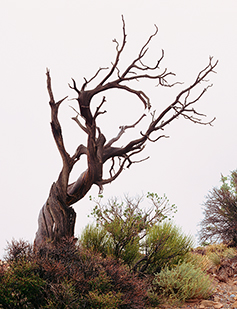
It is perched on a ledge one thousand feet up a sheer escarpment. In 1996 I shot it in 35mm just before I started working with the large format camera that I have used ever since for all my landscape work. I wanted to shoot it again on the big camera’s 4″x5″ film (15 times larger than a 35mm slide) in order to capture the kind of clarity and shading that make seamless 40″ x 50″ prints possible. On my second session with the juniper, I was fortunate to find it isolated against the early fog of a hanging cloud left behind by an overnight storm.
The effect lasted only a few minutes as the cloud floated up the face of the cliff. That was enough to scramble down a bank, set the tripod, focus, and frame a composition that I had rehearsed at dusk the night before. I made two exposures. The second is the one you see in this gallery of the five new images I have added from this trip.
